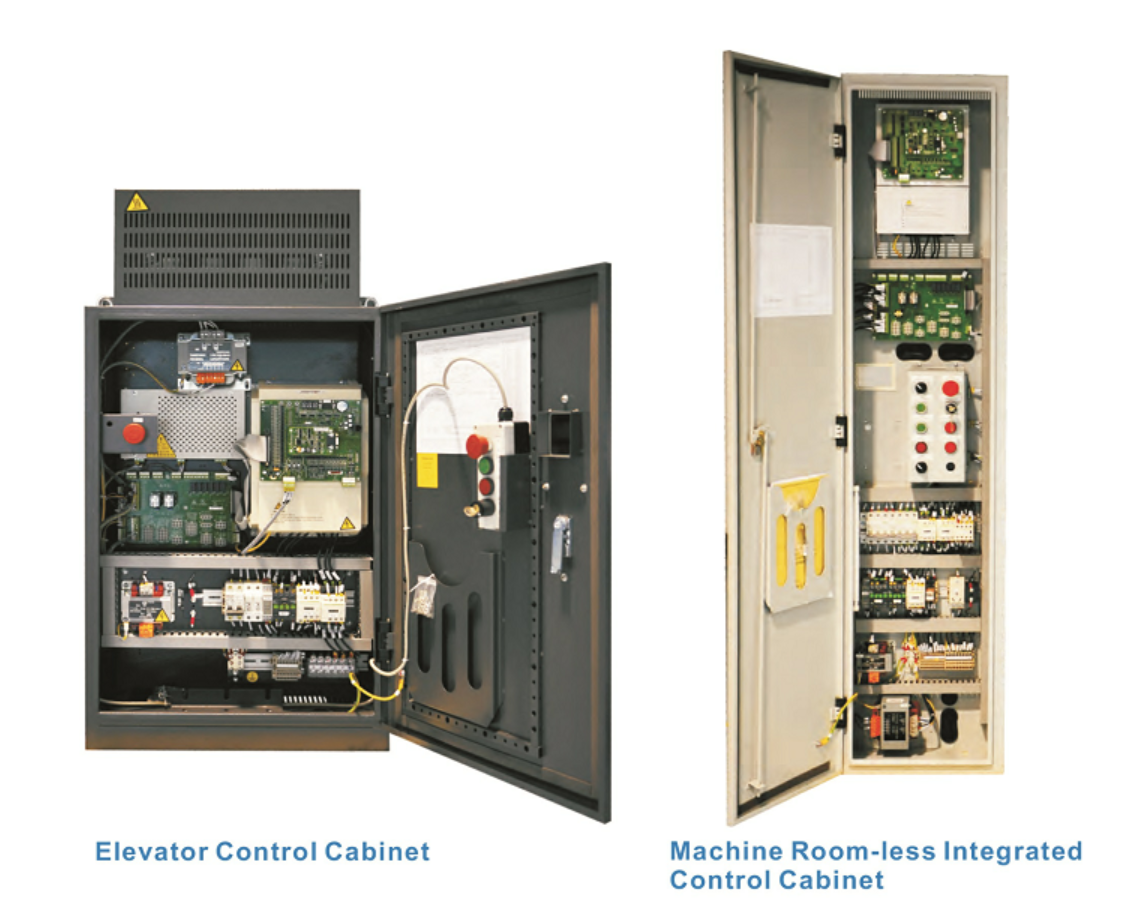“The Fascinating World of Hydraulic Lift Components: How They Work and Why They Matter”
Hydraulic lifts have become an integral part of our lives, making it easier and more efficient to transport heavy objects and people between floors. These lifts rely on a complex system of hydraulic machinery components to function properly. In this article, we will explore how these components work and why they matter.
Hydraulic System Basics
At the heart of every hydraulic lift is a hydraulic system. This system uses liquid, usually oil, to transmit force from one point to another. The basic hydraulic lift components include a hydraulic pump, valves, cylinders, and a hydraulic fluid reservoir.
The hydraulic pump is responsible for creating a flow of pressurized hydraulic fluid. This fluid is then directed to the cylinders through the valves. The cylinders, equipped with pistons, convert the hydraulic pressure into mechanical force, allowing the lift platform to move up or down.

Image Source- Google
The Role of Hydraulic Fluid
The choice of hydraulic fluid is crucial for the proper functioning of a hydraulic lift. The fluid needs to have specific properties, including low compressibility, high lubricity, and resistance to temperature changes. The most commonly used hydraulic fluids are mineral oil-based, but synthetic fluids and water-based fluids are also used in some applications.
Hydraulic fluid also plays a critical role in maintaining the system's temperature. As the fluid circulates through the system, it absorbs heat generated by the hydraulic pump and other components. To prevent overheating, hydraulic lifts are equipped with cooling systems, such as radiators or heat exchangers, which help dissipate the excess heat.
The Importance of Valves
Valves are essential hydraulic lift components that control the flow of hydraulic fluid and direct it to the desired location. The most common type of valve used in hydraulic lifts is the control valve. This valve has multiple positions, allowing the operator to control the lift's movement accurately.
One crucial valve in hydraulic lifts is the pressure relief valve. This valve acts as a safety mechanism, preventing the hydraulic system from exceeding its maximum pressure limit. If the pressure exceeds the set limit, the valve opens and releases excess fluid, preventing damage to the lift's components.
Cylinders and Pistons
The cylinders and pistons are the workhorses of hydraulic lifts. When pressurized hydraulic fluid enters the cylinders, it pushes against the pistons, creating a mechanical force. This force is then used to raise or lower the lift platform.
One essential characteristic of cylinders used in hydraulic lifts is their ability to withstand high pressure. The cylinders are typically made of steel or other high-strength materials to ensure durability and reliability. The size and stroke length of the cylinders determine the lift's maximum lifting capacity and travel distance.
Control Systems and Safety Features
Modern hydraulic lifts are equipped with advanced control systems and safety features. These systems ensure smooth and precise operation while providing maximum safety for users.
Control systems often use electronic sensors to monitor various parameters such as lift position, speed, and load. These sensors provide real-time feedback to the control system, allowing it to make necessary adjustments and prevent unsafe operation.
Safety features in hydraulic lifts include emergency stop buttons, overload protection devices, and safety interlocks. These features help prevent accidents and protect both the lift and its users.
between pumps, valves, cylinders, and hydraulic fluid allows these lifts to perform their vital functions. Understanding how these components work and why they matter is essential for ensuring the safe and efficient operation of hydraulic lifts.